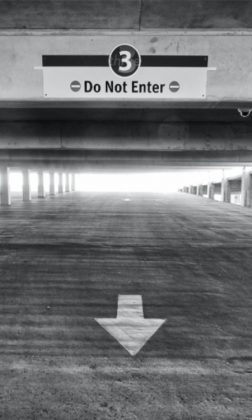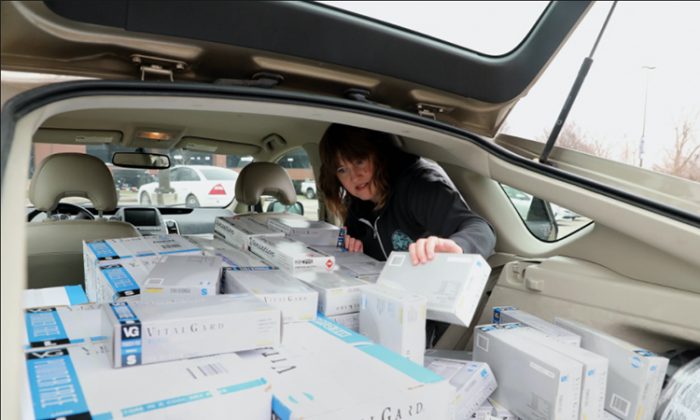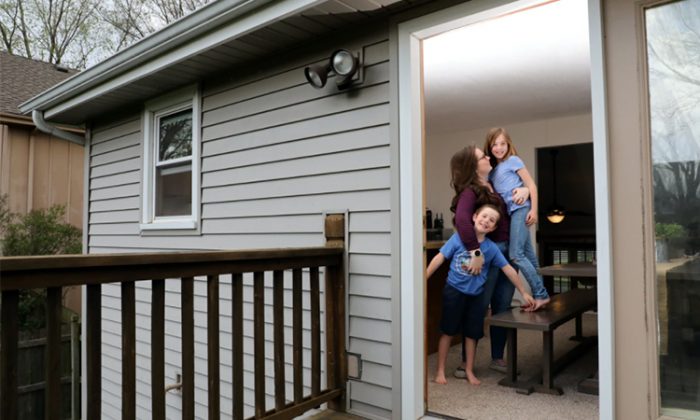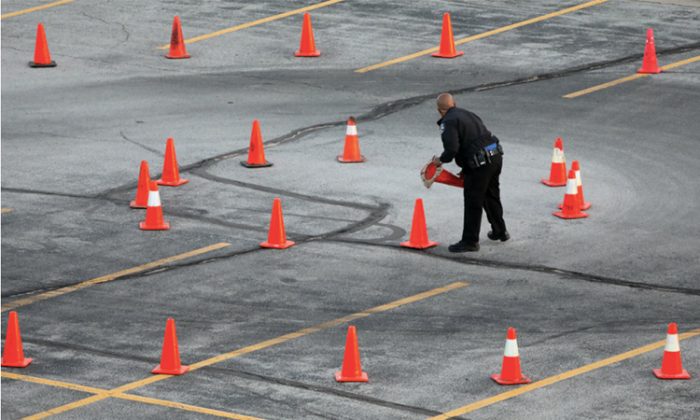
In a time of social distancing and lack of face-to-face connection, photojournalist Susan McSpadden is attempting to share the college’s collective COVID-19 experience through engaging images she hopes will offer future generations the opportunity to understand the current pandemic.
McSpadden has worked as a photographer for the college’s marketing department since May of 2012, after freelancing for a decade and working for the Kansas City Star for about ten years before that, giving her 32 years of photojournalism experience. For the last four weeks, McSpadden has been capturing various experiences relating to the college and COVID-19.
“I have that photojournalist drive to document,” McSpadden said. “I recognize the importance [of it] and feel compelled to do it. It makes me feel accomplished, and I love that it’s meaningful and valued by others, too… I’ve always been a ‘do-er.’ I can’t sit still for long. I have to be doing something, so concentrating on these weekly stories helps with that aspect of my personality.”
Each week, McSpadden’s focus shifts to a different theme. The first week concentrated on the campus closing and featured images of empty hallways, computer labs and classrooms as well as janitorial staff disinfecting in response to the Johnson County Department of Health and Environment (JCDHE) reporting possible exposure to COVID-19 on campus. Week two focused on giving back, featuring college employees who gathered donatable items such as the respiratory care and neurodiagnostic technology programs delivering ventilators and supplies to Kansas University Medical Center. Week three, titled “Together At Home,” explored families now spending all day, every day together and week four, which is labelled as part one of a two-part series, captured the essential and still-operating Johnson County Regional Police Academy.
“The themes so far have materialized naturally based on the news focus of each week,” McSpadden said. “I’m trying to make my stories relevant to the news path this pandemic is taking…These stories are important to the visual history of higher education. The images are of value now, but they will make the largest impact on future generations who will want to know what this time looked like and how we handled it.”
Social distancing suggests people keep a distance of six feet between themselves and others to lower the risk of COVID-19 exposure, but most people are opting to stay inside and avoid interacting with people outside of their family whatsoever. Despite this, McSpadden has had a surprisingly low level of hesitancy from her subjects. This is partially because of the precautions she takes for each shoot, including keeping the recommended six feet of space between herself and her subjects, and avoiding setting down her equipment or touching anything. For the “Together at Home” photos, McSpadden shot through windows and doorways on her subject’s patios rather than enter their homes.
“[The college] has always been a community of helpers, givers and ‘yes’ people,” McSpadden said. “I have been very impressed, but not surprised, that faculty and staff have been more than willing to let me into their home lives…I think it’s important any time you photograph someone to make them feel at ease and let them know they can trust you in how you portray them. I aim to capture moments that are as authentic as possible, so getting people to relax and just be themselves is a huge part of achieving that authenticity. Because of my almost eight years at [the college], staff and faculty know my work and often that have seen how I work as well. I think having that foundation of familiarity helps tremendously in situations like this where I’m asking for access to sides of their lives not typically seen as an employee.”
Sidney Henkenseifken, student, has experienced McSpadden’s ability to quickly connect with others firsthand. Henkenseifken attended Shawnee Mission Northwest High School and was involved in the photojournalist program, which annually holds a small three-day convention at Tall Oaks, a local convention center. McSpadden regularly functions as a beginning photography teacher at Tall Oaks and worked closely with Henkenseifken during her freshman year of journalism, even awarding her special recognition as the most promising beginning photojournalist that year.
“She is very kind to whoever she is working with,” Henkenseifken said. “She taught me the basics and I learned so much from her in that beginning course that I still think about…She really seemed to see who I was as a person, and I think she does that with her work. I feel like she can just capture people, and that’s something a lot of photographers don’t do that well. She really gets into the moment, which is what everybody aims to do, even with these soft, quiet situations [in quarantine].”
Chris Gray, assistant vice president of the Strategic Communications and Marketing department, has worked with McSpadden since he started at the college four years ago.
“Susan is a great visual story teller,” Gray said. “Early on Susan said we needed to document some certain events as they related to COVID-19 and the college and asked about permission [and] reaction was to go for it and do well. I don’t think either of us knew what it would turn into. This is far more than just some pictures…It is a written and visual documentation of the impact that this time in history has had on people’s lives. I think during any time of crisis or downturn there needs to be the human element seen by others: Susan has been able to accomplish bringing this reality to light…”
This human element is something McSpadden specifically tries to capture in her photography.
“I want to create images that people can relate to,” Mcspadden said. “I don’t want people to look at my photos and just say, ‘Oh that’s a nice picture.’ I want them to be moved in some way. I want them to feel the joy or sorrow they see in the image on some level so they relate to the subjects in the photos and then experience a connection to them because of it. I watch for subtle body language, gestures, expressions that convey different emotions…Our JCCC community has expressed so much gratitude for these stories because it helps them feel connected to what is happening with campus as well as each other. I think we’re all concerned about each other and especially our students, so being able to see through photos that things are going well is comforting.”
By Samantha Joslin

























